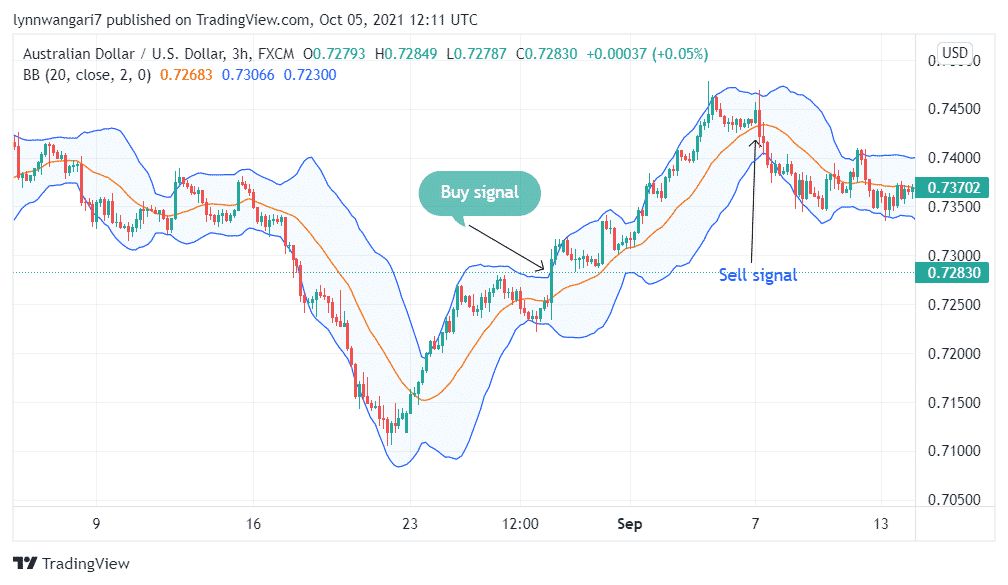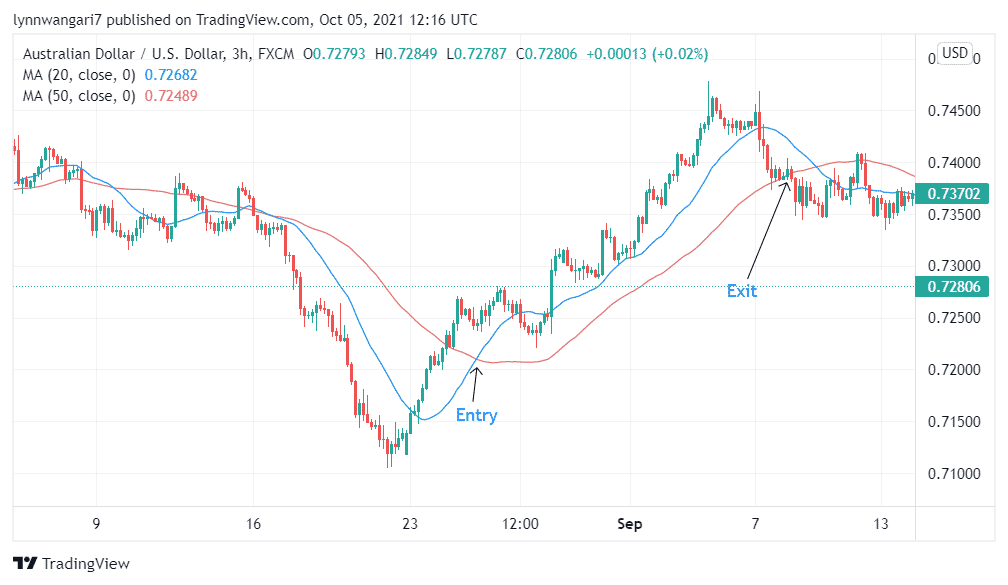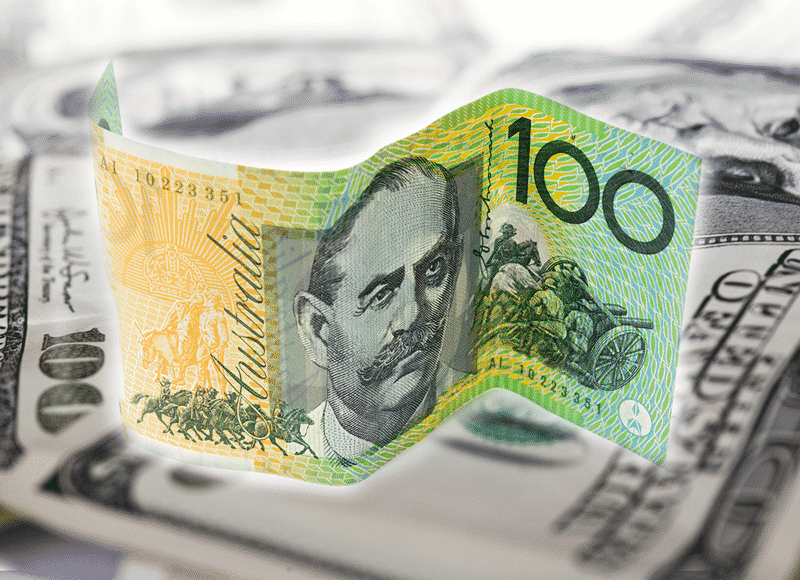The AUDUSD pair is one of the most commonly traded pairs in the forex market. As of 2019, it accounted for 7% of all global currency exchange trades. In this pair, the Australian dollar is the base currency, which makes the US dollar the quote currency. What this means is that the price of the pair at any one time represents the quantity of US dollars it would take to purchase one Australian dollar. This pair’s price movements can mostly be attributed to commodity prices and the overall market sentiment.
Why trade the AUDUSD pair?
The predecessor to the Australian dollar was the Australian pound. For years, the Australian pound was pegged to the GBP until the latter devalued in 1931. In 1946 the Australian currency was pegged with the USD for a short time, then it resumed its former status. Come 1966, and the Australian dollar was adopted as a stand-alone decimal currency. This replaced the imperial system.
By the 80s, the AUDUSD pair was slowly becoming a strong contender in the forex market. Today, the AUD is mostly dependent on its exports of commodities such as gold, copper, coal, and iron. These commodities account for nearly half of all exports from Australia. This has seen the AUD grow steadily over the past several years. Additionally, its close links with China have greatly contributed to its growth since most of Australia’s exports are sent to China.
Today, this pair ranks fifth on the list of most traded pairs in the global forex market. The advantages of trading the pair are:
- It is characterized by high liquidity. This allows it to be easily traded at lower costs and have enough market depth to withstand external shocks. A highly liquid currency pair can also be traded in large quantities without varying greatly in price.
- Since it is widely traded, the pair has narrow spreads, especially for retail traders. This reduction of trading costs directly translates to increased profit margins.
- It is available for trading 24 hours a day, five days a week.
- Australia’s trading relations with China have seen commodity prices remain on an uptrend, which ensures that the stability of the AUD is maintained.
- The GDP of Australia has been posting strong positive numbers, which means its economy is expected to keep growing in the near future.
Best time to trade the AUDUSD
In theory, you can trade the currency pair 24 hours a day, from Monday to Friday. However, the best time to trade it is when it is most volatile. This happens between 19:00 to 04:30 GMT. This coincides with the final hours of the New York session to around the midpoint of the Tokyo session. It is during this period that most banks, financial institutions, hedge funds, and retail traders are actively trading this pair.
How to trade the AUDUSD pair
As aforementioned, the Australian dollar is a commodity currency, as it mostly depends on its exports and trade volume with China. For this reason, fundamental analysis is important when opening trading positions with this pair. Further, like any other pair, AUDUSD is susceptible to resistance and support levels, and several other chart patterns. Technical analysis is, therefore, necessary to obtain opportune trade signals.
Using fundamental analysis
The AUD is closely linked to the market risk sentiment and commodity prices. When conditions are favorable for a market in an uptrend, the currency pair tends to go bullish. It also declines when the overall market trend is bearish. The prices of iron ore, gold, copper, and coal greatly influence this pair’s price. Since these commodities are Australia’s best exports, an increase in their price is bullish for the Aussie while their decline sends the AUD in decline against the USD.
The price of AUDUSD is also affected by Australia’s economic data. When Australia’s employment, GDP, consumer confidence, and inflation data are positive, they point to a growing Australian economy which is bullish for the AUD. Conversely, when these data points report declines, it points to a struggling Australian economy which causes the pair to drop in price.
Another key influence is the Reserve Bank of Australia and its interest rates decisions. A dovish RBA that cuts interest rates causes the pair to fall, while a hawkish sentiment from the bank causes the pair to rise. Further, since China is the main recipient of Australia’s exports, strong economic data from the former tends to be bullish for the AUD.
Using technical analysis
Most traders who fancy this pair tend to avoid trading it during periods of consolidation. This is mainly due to the low risk to reward ratio. There are several tools one can employ to identify trends. The most common indicators for this purpose are a Simple Moving Average and Bollinger Bands.

From the example above, you can see how Bollinger Bands can be used to offer buy and sell signals during a market trend. During an uptrend, prices will often use the middle Bollinger band as a support level. Further, a narrowing of the Bollinger Bands indicates the beginning of a trend. Once the price breaks out above the middle band, we get a buy signal. The sell signal occurs when prices cross below this middle band.

Alternatively, you can use SMA crossovers to obtain entry and exit signals. In the example above, the 20-period Moving Average crossed above the longer-term 50-period MA, which is usually a bullish crossover. This gave our entry signal. A few days later, prices began to trend downwards, crossing below both Moving Averages, which all along were providing support. This was the signal to exit this trade. As confirmation, a bearish Moving Average crossover happened shortly afterward.
Conclusion
AUDUSD is a popular currency pair for most forex traders. This is because it is characterized by high liquidity and relatively low spreads. As a commodity currency, the AUD is closely linked to commodity prices and economic data from Australia. It is also closely related to economic data from China, the main consumer of Australian exports. Availability of this data helps traders predict the direction of price movement, which they can use together with technical analysis to enter profitable trades.
